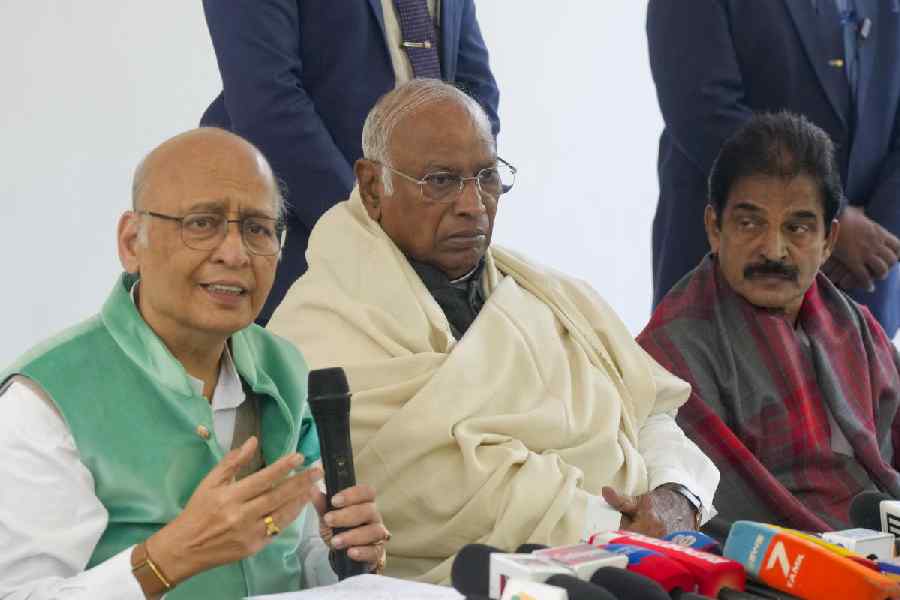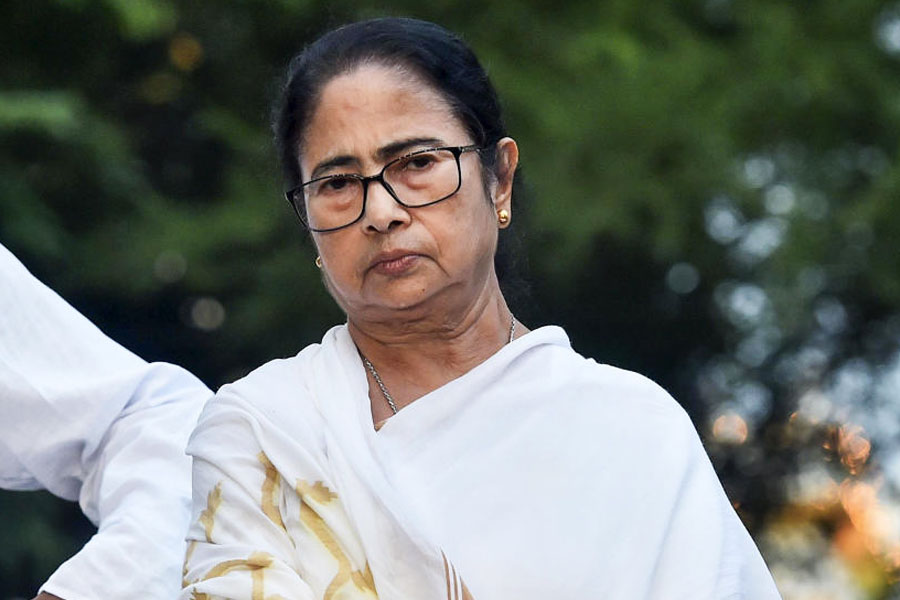 |
 |
 |
 |
 |
| WHO’S BAD? (From top) Kareena Kapoor in Heroine, Vidya Balan in The Dirty Picture, Bipasha Basu in Raaz 3, Raveena Tandon in Shobhana 7 Nights and Katrina Kaif in Mere Brother ki Dulhan |
The girl was coy; the boy eager. Filmmaker Karan Johar, judge on the television show where the two were doing their dance routine, looked surprised. “Today’s heroine isn’t shy,” he remarked wryly in Hindi.
No, she’s not. Instead, she is raunchy. She downs country liquor and smokes pot. She lets fly expletives or gets into a drunken brawl. She knows the murderous value of seduction. She can bike miles to kiss her lover goodbye. She doesn’t take kindly to betrayal and she won’t accept a lying husband or lover.
Indeed, the Hindi film heroine has finally breached unidimension. There are shades to her repertoire as she transgresses old moulds along the way, and even lives happily, often, to tell the tale. And the audience is not voting with their feet either. Instead, box office numbers show that viewers are takers for stories with unconventional women protagonists.
A significant chunk of this trend is illustrated by the unapologetic sexual mojo of characters in recent outings. So we have Vidya Balan’s bold, titillating Silk in The Dirty Picture and Katrina Kaif’s pot-smoking wild child character in Mere Brother ki Dulhan. There’s Anushka Sharma’s premarital lovemaking in Band Baaja Baaraat, Nargis Fakhri drinking liquor and watching soft porn in Rockstar and Deepika Padukone’s character of a woman who seeks a relationship with no strings attached in Cocktail. Then there’s Kaif who drives on for miles on her bike so that she can kiss Hrithik Roshan in Zindagi Na Milegi Dobara.
“Stereotypical demure women no longer interest filmmakers as characters today. So we are seeing films with female leads that are edgier, stronger and more interesting than they were in the past,” stresses Huma Qureishi, who made her debut with Anurag Kashyap’s Gangs of Wasseypur. “What will you do after you hold my hand,” Huma asks her boyfriend in the film. “What will you do to me in the movie hall? Will you drop popcorn in my lap and then pick it up,” she asks him in the sequel, Gangs of Wasseypur 2.
It’s a win-win situation. The filmmakers break stereotypes, the audiences like the characters — and the actors get a meaty role. “Playing a complicated character or a character with a streak of grey is far more challenging than playing the chirpy bunch of college students,” says Bipasha Basu, who made her debut with Ajnabee, went on to make a mark with Mahesh Bhatt’s Jism and plays a dominating actress in Raaz 3.
Raveena Tandon, a hit star of the Nineties who has returned to Bollywood after a hiatus, seconds that. “I’ve had my share of singing and dancing. I have matured over the years and so my character too needs to undergo a transformation,” says Tandon, explaining why she chose a bold film like Shobhana 7 Nights for her comeback. In the film, she plays a cougar settling scores with her frivolous husband. “My character in the film doesn’t take her husband’s infidelity lying down. So if he has his arm candies, I have my share of toy boys,”she adds. Tandon doesn’t think her audience will react adversely to her new role. “What’s to be scared of?” she exclaims. “I am just playing a woman of today, who won’t take anything lying down. It’s a real character.”
The change, many believe, was bound to happen. “Cinema is forever evolving. So why shouldn’t the portrayal of the characters played by women evolve? This brashness of female character is taken from real life surroundings,” filmmaker Madhur Bhandarkar maintains. From his standout film Chandni Bar, where Tabu’s Mumtaz is ultimately unable to escape her fate, to his leads in Fashion and the forthcoming Heroine, where the women are willing to pay the price for the life they aspire to, his women characters’ moral choices are ambiguous.
The shift has also been engineered by what may be called “multiplex films” — with city-centric themes. The last decade or so has seen the rise of young directors who have discarded the old formula films for edgier, more realistic cinema that urban audiences identify with. Ekta Kapoor, Anurag Kashyap, Zoya Akhtar, Vishal Bhardwaj and the Bhatts (Mahesh, Mukesh and Pooja) have all contributed to women characters who are gritty, bold, amoral, and tough. Think Ragini MMS, Love, Sex aur Dhoka, Ishqiya, Dev.D, Zindagi Na Milegi Dobara, Murder, Jism, Raaz, Kahaani, Gangs of Wasseypur — the list is gratifyingly long.
With aspirations and realities evolving, it looks like filmmakers are ready to reflect the change. “Young writers are more realistic and open to experimenting with their characters through storylines that are incorporating these shifts. The topics being handled are also getting bolder and the characters getting more real,” Qureishi says.
It’s not just the filmmakers — the change is also linked to the advent of a breed of spunky young heroines. “Young actresses of today are far more uninhibited. With them agreeing to play roles where they gulp booze or hurl abuse is giving writers the freedom to create characters that are different yet identical to the girls we see in society today,” points out critic Anil Dharker. He adds that the absence of vamps in films of today — think Helen and Bindu — is also making filmmakers create roles for heroines that have shades of grey.
“With the disappearance of the vamp and the arrival of the item number by lead actresses, titillation has a new avatar,” adds Rauf Ahmed, veteran film journalist and critic. “Rape scenes aren’t there anymore, so there are only bold encounters. Films have been freed from the cliché of the rape scene. Raunchy ‘item’ numbers are used to promote a film instead,” he argues.
Most agree that the process has been a gradual one and the nuances have been etched through films that transcend genre. No One Killed Jessica is about a spunky woman who seeks justice for her sister’s murder. The heroine of Vicky Donor — a remarried divorcee — walks out on her new husband when she catches him lying. And even the Salman Khan blockbuster Ek Tha Tiger had a meaty role for its heroine, Katrina Kaif.
“While drafting Katrina’s role, I had to keep in mind that she is also an agent and so her character has to be smart, articulate and fit enough to do action sequences at par with that of Salman,” says Ek Tha Tiger director Kabir Khan.
Of course, it’s not that Hindi cinema never had women essaying such roles earlier. Shyam Benegal’s 1977 film Bhumika and Jabbar Patel’s 1982 film Umbartha, to name just two, revolved around assertive women. But these films were often docketed in a category called art cinema. The difference today is that the roles are being played by mainstream actors in mainstream cinema.
“Filmmakers are beginning to recognise the changing face of the Indian woman and it is only befitting that this gets reflected in the films we make today. A quick walk around Loreto House and New Market in Calcutta will throw up more Dimples (the heroine in Mere Brother ki Dulhan) than submissive characters,” points out Rafiq Gangjee, vice-president, marketing and communication at Yash Raj Films.
But while some are raising celebratory toasts, not everybody in the Hindi film industry believes the change is here to stay.
“There have always been two kinds of filmmakers — those who give due importance to the female lead and those who go by the norm,” says writer-director Habib Faisal. “It’s just that back-to-back films celebrating womanhood or having heroines in pivotal roles have been made and perhaps therefore people are assuming it’s a trend. I don’t think it’s one.”
Bhandarkar seeks to stress that what is being hailed as “bold” is actually ordinary. “I find it very strange that out of an entire film, a kissing or romance scene becomes a topic of interest. Till when are we going to treat it as a bold act in cinema?”
And many warn that the self-sacrificing heroine — the one who quietly weeps and prays for her philandering husband — is not going anywhere either. “Hindi filmmakers have always been conservative — they prefer playing safe. So while this trend is here to stay, we will still see films with women in stereotyped roles,” Dharker says.
Indeed, while Indian heroines are making their presence felt, industry watchers stress that it will be a while before they are treated as a hero’s equal. “Sujoy Ghosh’s Kahaani and Zoya Akhtar’s Zindagi… had interesting women characters. But by and large, heroes dominate in films,” says Rauf Ahmed.
Ahmed credits young directors for bringing in a modern sensibility where women are not being punished for being uninhibited. “Young directors are directing women as women characters, not just for objectification. It is also a question of what the audience wants. Outgoing, outspoken, real women in Bollywood. The lines between what is profound and profane, what is small-town and urbane and what is contemporary yet acceptable for its female character are no longer clear. That’s two steps forward.”










